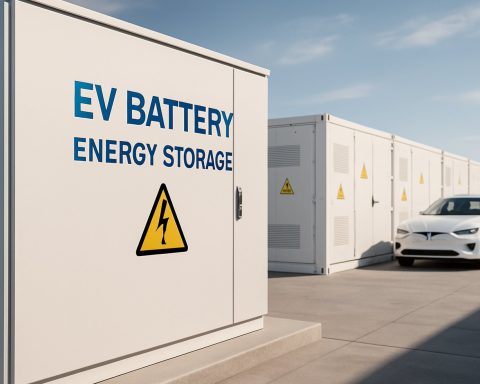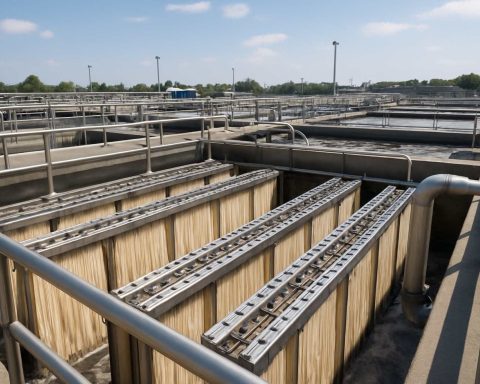- Commonwealth Fusion Systems (CFS) aims to harness nuclear fusion as a clean, near-limitless energy source.
- The SPARC reactor by CFS could achieve net energy gain, producing more energy than it consumes.
- High-temperature superconducting magnets in SPARC are crucial for creating a powerful magnetic field in a compact space.
- Successful magnet tests bring CFS closer to self-sustaining fusion reactions.
- CFS’s advances attract attention from investors and environmentalists, offering hope for sustainable energy amidst climate concerns.
Commonwealth Fusion Systems (CFS), a pioneering company spearheading the quest for sustainable energy, is ambitiously working to harness the power of nuclear fusion. Unlike traditional nuclear reactions, fusion promises a near-limitless, clean energy source by replicating the sun’s process. In a landscape eager for eco-friendly solutions, CFS is making headlines with its innovative technology and recent advances.
At the heart of CFS’s strategy is the development of the SPARC reactor, a compact and efficient fusion device poised to demonstrate net energy gain—meaning it can produce more energy than it consumes. This could mark a historic leap in energy technology. The key to SPARC’s potential success lies in its use of high-temperature superconducting magnets, which enable a more powerful magnetic field in a smaller space, overcoming a significant hurdle in fusion containment.
Recent developments in their technology have caught the attention of investors and environmentalists alike. CFS’s successful tests of these magnets have brought them closer to achieving self-sustaining fusion reactions. This technological stride is more than a mere milestone—it’s a beacon of hope for a future powered by clean energy.
As climate change pressures intensify, CFS’s work could redefine the energy paradigm and offer a viable solution to global energy challenges. With its cutting-edge approach, Commonwealth Fusion Systems is not just chasing the future; it’s on track to shape it.
The Revolutionary Leap: How Commonwealth Fusion Systems is Shaping a Sustainable Energy Future
What is the significance of CFS’s high-temperature superconducting magnets?
The high-temperature superconducting magnets developed by Commonwealth Fusion Systems (CFS) are critical to the SPARC reactor’s potential success. These magnets are designed to create a powerful magnetic field even in a compact space. This innovation tackles a substantial challenge in fusion technology: containing the ultra-hot plasma where fusion reactions occur. By replacing traditional large-scale magnets with a more efficient and compact design, CFS significantly enhances the feasibility of the SPARC reactor. The superconductors achieve greater power density, leading to a more sustainable energy output. More information can be found on Commonwealth Fusion Systems.
How does the SPARC reactor differ from other fusion projects?
The SPARC reactor, spearheaded by CFS, aims to be the first fusion device to demonstrate net positive energy gain. Unlike other fusion projects that rely on traditional low-temperature superconductors or larger physical setups, SPARC uses cutting-edge high-temperature superconducting magnets, which allow it to be more compact yet efficient. This design not only lowers construction and operational costs but also promises a shorter timeline to achieve net positive energy. As a result, SPARC represents a transformative approach towards making fusion energy commercially viable on a faster track.
What are the potential environmental impacts of successful fusion energy development by CFS?
The environmental implications of successful fusion energy developed by CFS could be profoundly positive. Fusion energy is inherently clean, producing no direct carbon emissions while operating. It relies on materials such as isotopes of hydrogen available in water, thus avoiding the resource scarcity issues linked with fossil fuels and minimizing radioactive waste compared to nuclear fission. Moreover, fusion’s abundant energy output capability positions it as a highly sustainable solution to meet global energy demands. As groundwater and air pollution issues associated with fossil fuel extraction are eliminated, fusion energy by CFS could become a cornerstone of future environmental strategies.
For more insights and updates, visit Commonwealth Fusion Systems.











